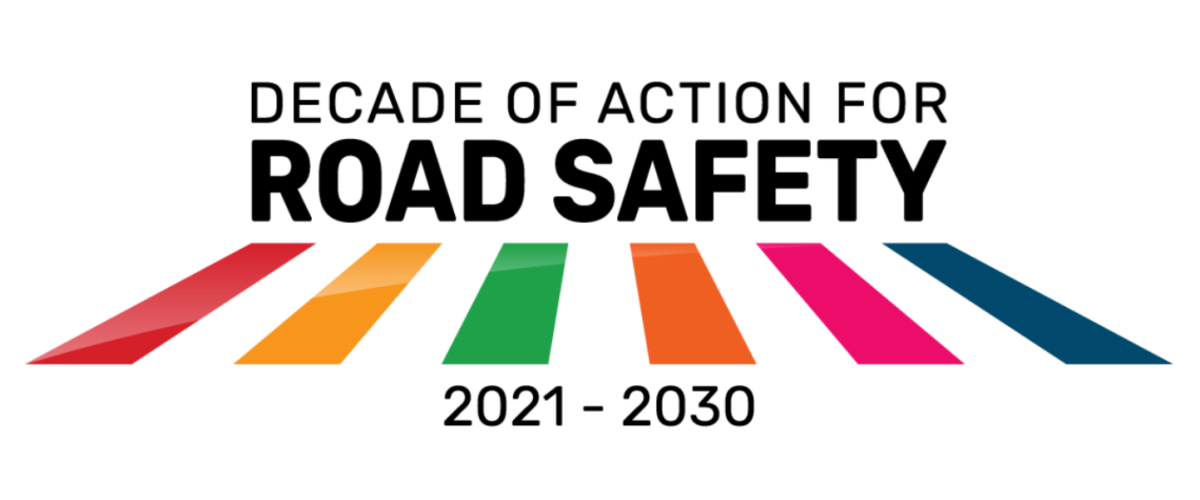On 28 October 2021, WHO kicked off the 'Decade of Action for Road Safety 2021-2030', with the ambitious target of preventing at least 50% of road traffic deaths and injuries by 2030. In addition, a Global Plan for the Decade of Action, developed by WHO and the UN regional commissions in cooperation with other partners in the UN Road Safety Collaboration, was released.
Currently, figures surrounding road deaths and injuries are unacceptable, in both absolute and relative terms. Globally, over 3,500 people die every day on the roads, which amounts to nearly 1.3 million preventable deaths and an estimated 50 million injuries each year – making it the leading killer of children and young people worldwide. As things stand, they are set to cause a further estimated 13 million deaths and 500 million injuries during the next decade, particularly in low- and middle-income countries.
Dr Tedros Adhanom Ghebreyesus, WHO Director-General, stated that: “The loss of lives and livelihoods, the disabilities caused, the grief and pain, and the financial costs caused by road traffic crashes add up to an intolerable toll on families, communities, societies and health systems. So much of this suffering is preventable, by making roads and vehicles safer, and by promoting safe walking, cycling and greater use of public transport. The Global Plan for the Decade of Action for Road Safety lays out the practical, evidence-based steps all countries and communities can take to save lives.”
Recognising the critical nature of the problem and the need to address it, governments from around the world declared unanimously – through UN General Assembly Resolution 74/299 – the Decade of Action for Road Safety 2021-2030 with the explicit target to reduce road traffic deaths and injuries by at least 50% during that period.
In addition to setting this target, the Global Plan outlines the necessary actions to achieve it. This includes a broad range of measures such as accelerated action to make walking, cycling and using public transport safe, as they are also healthier and greener modes of transport; to ensure safe roads, vehicles and behaviours; and to guarantee timely and effective emergency care.
The Global Plan outlines recommended actions drawn from proven and effective interventions, as well as best practices for preventing road trauma. It should be used as a blueprint to inform and inspire national and local plans that are tailored to local contexts, available resources and capacity. It is aimed not only at senior policy makers, but all stakeholders who can influence road safety, from community and youth leader to the private sector.
